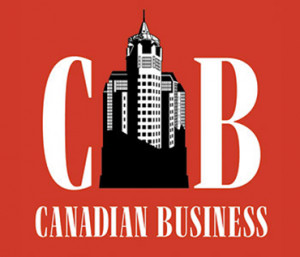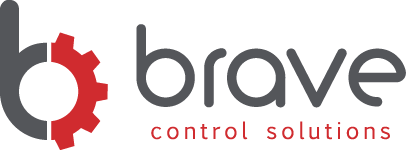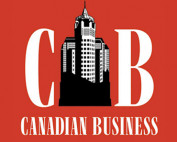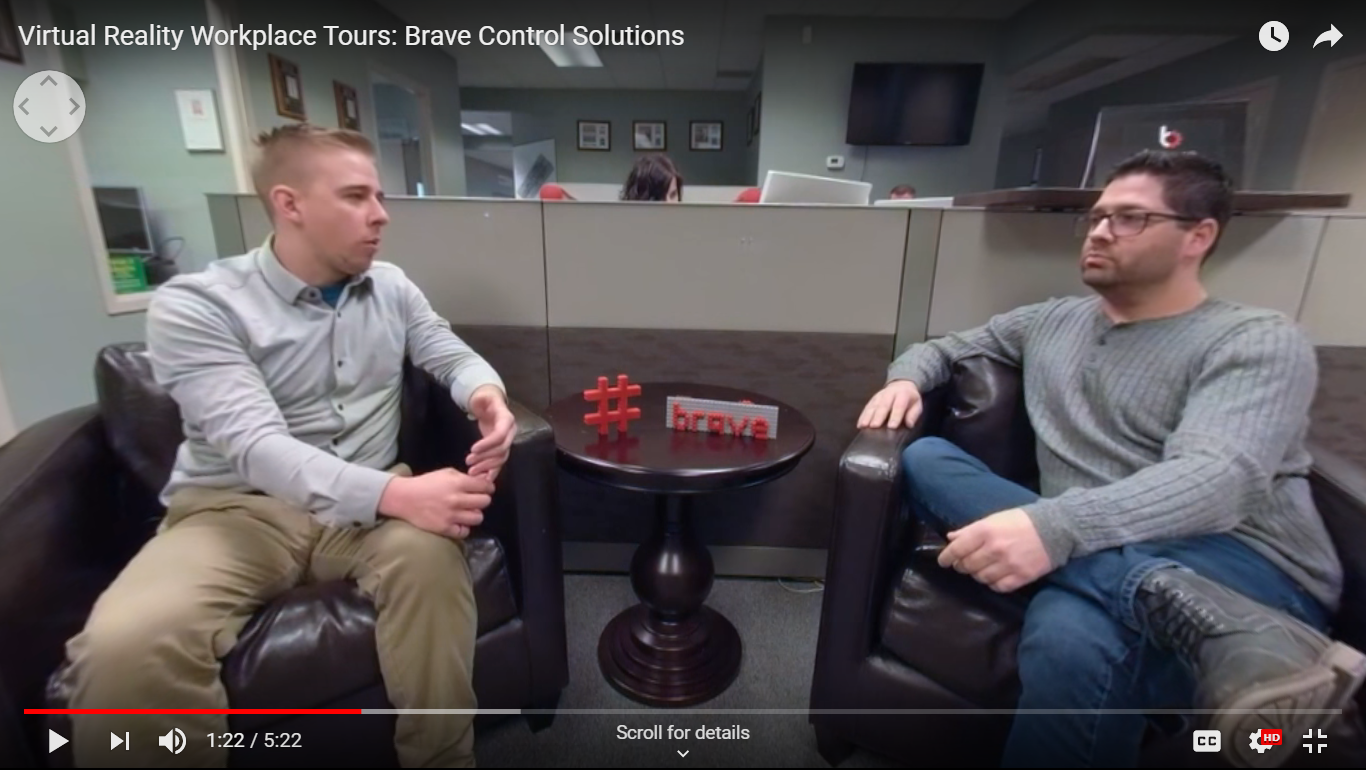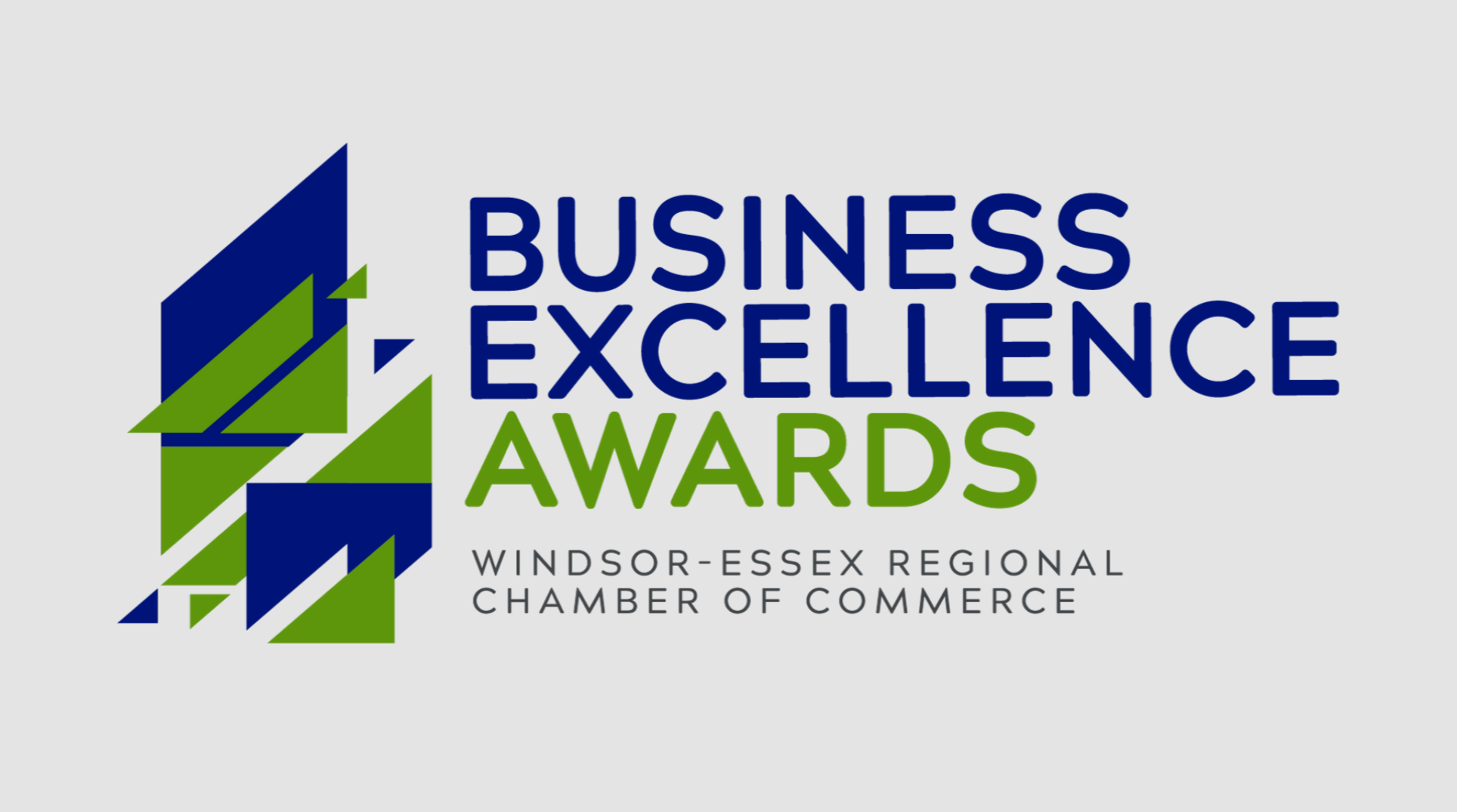When you’re a young company, you’re prone to taking any work you get. But what do you do when that work ends up being a giant money pit?
Only a few years into running our company, we got caught in a disaster of a project. Mismanagement and poor communication among a complex string of stakeholders combined to create a deal that cost us $130,000. Here’s how it all happened—and what we learned from it.
It was 2010. The economy was starting to warm up again, but companies remained short on cash, and also people.
I’d done some work for a U.S. engineering firm a year earlier, and that company hired us for a much larger piece of work. The client was itself working for an equipment manufacturer that was serving a Tier 1 supplier. We were, essentially, a sub-sub-subcontractor, and had no direct contact with the equipment manufacturer. This would become problematic later on.
As the work began, the scope of the project increased and we very quickly discovered that we didn’t have the resources to handle it internally. So we hired three companies as subcontractors to support us.
We worked for months on the software. When the time came to install it, we realized we had a problem. Some of the finer details of the project were lost in translation somewhere between the equipment manufacturer, our client, and us. To give the manufacturer what it needed, we’d have to make some changes. It was an inconvenience, but it was solvable.
But the problems kept coming up. For instance, we discovered that the mechanical design was outsourced as well to two different companies. One of the companies was not a very competent and some of the stations didn’t work as they were supposed to, adding more work on our end. We negotiated this with the client, and they agreed to pay us a bit more for the work.
What we did not realize was that agreeing to continue working without a firm agreement of who would cover our costs was very bad business.
Our customer (the engineering firm) started to question the extra charges on our invoices—charges, it must be stressed, that they’d continuously agreed to, albeit verbally in many cases. And they started to realize the costs were getting out of control. They went back to their client (the equipment manufacturer), explained the reasons for the overruns, and we all agreed to keep working. The sentiment on site was that if we could just get the machine to work for the manufacturer, everything would be fine. What we did not realize was that agreeing to continue working without a firm agreement of who would cover our costs was very bad business.
From that point the project got worse, the machine was still not working and required a second and third redesign. Each mechanical change resulted in software changes. It was a disaster—and costs were escalating. We pushed the issue with our client. To their credit, they were still paying us—even though they weren’t being paid themselves. This was good, because we needed the money, but bad, because it put our customer in an extremely precarious positionand the gap between what we were charging them and what they were being paid continued to grow.
Before long, the payments stopped. My gut was screaming to pull out. But we were owed so much money that we didn’t feel we could afford to bail.
Before long, the payments stopped. My gut was screaming to pull out. But we were owed so much money that we didn’t feel we could afford to bail. Besides, we’d invested so much effort in the project; we wanted to see it through. So we stuck it out.
But by the time our work on the project was 95% complete, our client owed us $130,000. That, to us, was unreasonable. We demanded payment. With little by way of leverage, we told our client that if they couldn’t pay us, they’d have to find someone else to finish the project. Which is exactly what they did. That’s how we ended up six figures in the hole with nothing to show for it.
Not exactly the success story we’d been hoping for.
As awful as it is to lose that much money, the whole ordeal had some value, as it taught our young business some very valuable lessons.
- Insist on communication. If it’s not possible for you to be in direct contact with your end supplier, at least make sure they’re in the loop. Ask your middleman for proof they’re communicating the changing scope of the project to their client.
- Be direct about unexpected costs. When legitimate extra costs come up, use real numbers when negotiating with your client. Instead of telling them that they have incurring an extra charge of 240 hours per week, put it in terms of cold hard cash. When you tell them that the cost is $20,000 per week, trust me, you get their attention. .
- Document everything. We kept stacks of documents detailing the extra work we were doing throughout the whole project, which was instrumental in us eventually getting $60,000 of the $130,000 we were owed (albeit two years after it was due.)
- No PO, no work. Related to the above, too much of what we did on this disaster deal was based on verbal agreements. Never again. Because about $70,000 worth of work was agreed to on the fly, without paperwork, that’s money we’ll never see again.
- Don’t pay it forward. We decided to pay all our vendors, even though doing so was brutal on our bottom line. We explained the situation and asked them for extensions and for reduced rates that would simply cover their costs. We established a reputation for our company by doing this that follows us today; among our clients, we are known as one of the good guys.
- Know to read the signs. Now, when a customer says “I don’t care about the cost; we have to get this done, whatever it takes” what I hear is “I don’t care about the cost; I likely don’t have the money to pay you anyway.” No businessperson who’s not in complete desperation mode says they don’t care about the cost. Don’t believe them—even thought you will desperately want to. (Entrepreneurial optimism can be dangerous!) In our disaster deal, we kept being told our client would take care of things, despite overwhelming evidence to the contrary.
- Talk it out. Had I brought this deal up with those I trust, I may have been able to step away earlier. Today, I don’t mind being open with my problems or any questions I might have. I’m a member of EO, and I participate in an email exchange program with others in my field—both are great forums from which to solicit advice. I have a few informal mentors who have background knowledge about both my company and my industry; they provide a good sounding board, too. And my business partner and I talk everything out. Sometimes just talking a problem out with someone leads me to the correct path.
- Listen to your gut. Always do your diligence¦but in the end , your instincts will tell you when something isn’t right.
This disaster hurt us and even pushed us to the brink of losing our company, but we persevered. Situations like this have helped to form the fundamentals of how we do business. Even though I don’t ever want to experience that again, I am proud of how we pulled through, how we handled our suppliers and how we now engage in projects going forward.
ABOUT BRENT MCPHAIL
